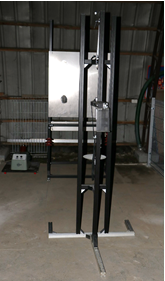Laboratory of Fire Extinguishing Agents and Equipment – BU
Tests facilities
Tests are carried out on appropriate facilities and high-class control and measurement equipment as below:
The purpose of the test is the tensometric measurement of the surface tension on the liquid-gas interface and the surface tension on the interface of two immiscible liquids, the so-called phase-to-phase tension of surfactant solutions and products containing these liquids.
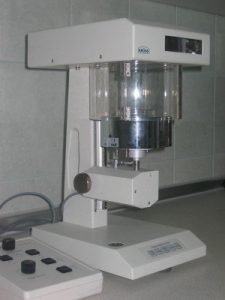
The stand is used to measure the volume of sediment in the foam concentrates and other suspensions.
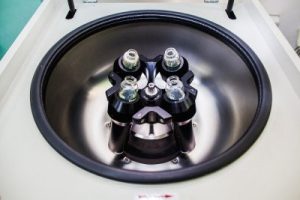
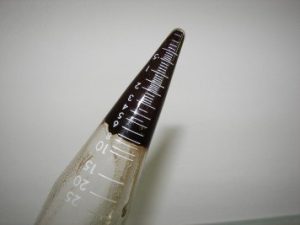
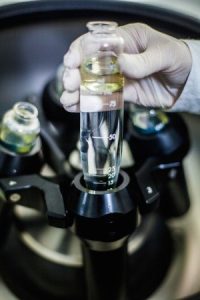
The stand is used to determine the flow properties of both Newtonian and non-Newtonian liquids. It may also be used to define very precisely the pour point, indexes of thixotropy and rheopecty.
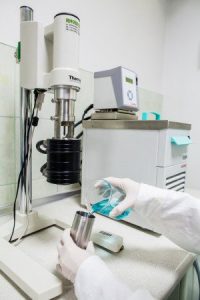
The stand is used to measure the efficacy of the foam extinguishing agents. Tests are performed for fires of polar and non-polar substances. Extinguishing foam may be generated using supply water or, alternatively using seawater. The test may be performed for heavy, medium and light foam. In case of testing heavy foam the fire class and resistance to fire-return are defined.

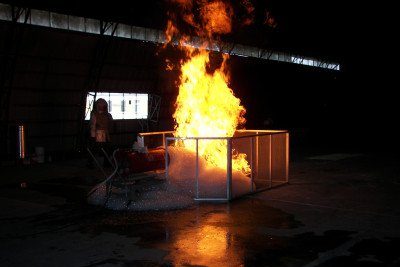
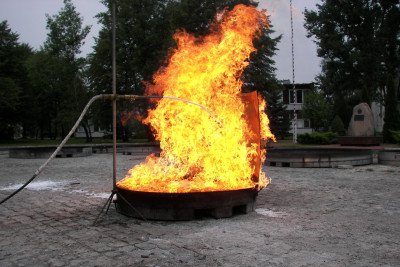
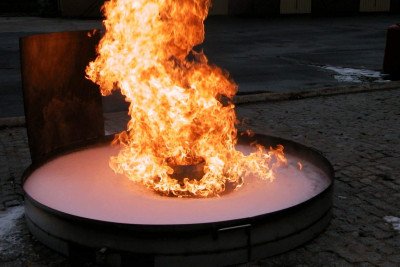
The test is performed to determine the type of extinguishing agent or for quality check of the foam. The determination consists of extinguishing a test fire using the foam generated out of concentrate according to the manufacturer’s recommendation. Extinguishing time and fire-return interval are measured.
The method is used for the extinguishing foams generated by all types of foam extinguishers. During the testing, the following parameters are measured: foaming index, 5 min foam level, foam condensation time (25% and 50% condensation).
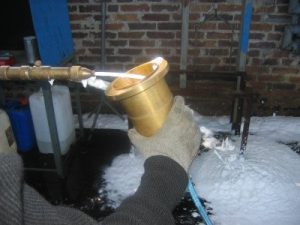
This test can help to define whether a sorbent is useful for removing oil contaminants from hard surface and water surface. The following parameters are measured during the sorbent test: absorbency, granulation, chemical inactivity, bulk density, buoyancy.
Using this test it is possible to define the granulation of extinguishing powders, sorbents and other bulk solids. Testing is conducted using 0,040 mm, 0,063 mm, 0,125 mm, 0,180 mm, 0,425 mm, 4,0 mm sieves.
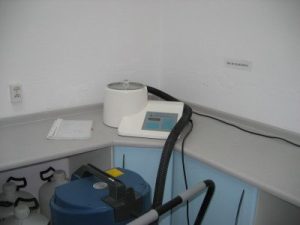
The stand is equipped with an optical microscope with a digital camera. Tests are performed in order to define the structure of extinguishing foam, emulsions, dry powders, sorbents and other bulk solids.
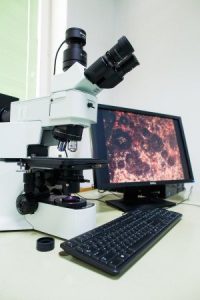
The stand is used to measure dynamic surface tension using bubble measure method. The test subjects are surfactile solvents and products containing these substances.
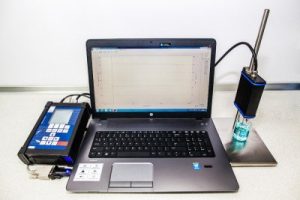
The test is based on the measuring of fall time of a ball with known density and known k value, in the tested liquid, under conditions defined in the relevant standard. The test is used to measure dynamic viscosity index.
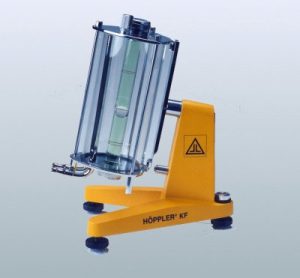
The stand is used to test extinguishing efficacy of extinguishing powders and portable extinguishers. A type test fires contain a pile of wood located on a steel construction of 250 mm height, 900 mm width and the length of the test fire.

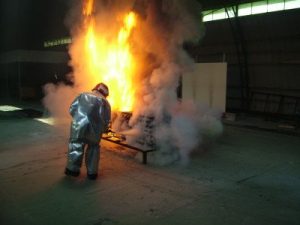
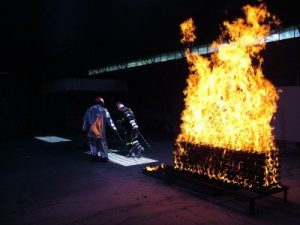
The method is used to test extinguishing efficacy of portable and wheel extinguisher with extinguishing agent based on water or powder. Test fires are prepared according to PN-EN 3-7 and PN-EN 1866-1 standards.
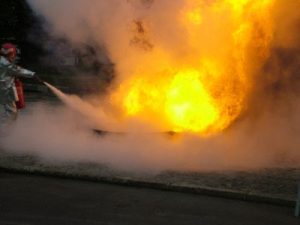
The purpose of the test is to measure extinguishing time of an “F” type fire using portable extinguishers. F class test fires, relating to the fires of flammable edible fats and oils are prepared using a tray simulating a deep fryer containing pure edible vegetable oil with auto-ignition temperature from 330°C to 380°C.
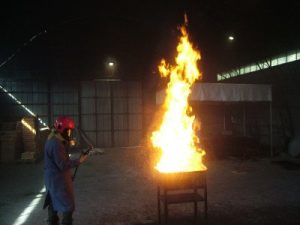
The purpose of the test is to measure resistance against external corrosion. The ageing tests are performed pursuant to ISO 9227 standard.
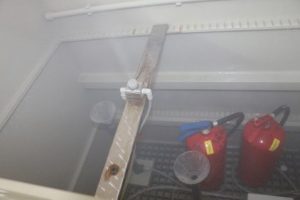
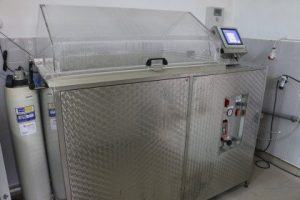
The stand is used for temperature conditioning of portable and wheel extinguishers. The purpose of the test is to measure the resistance of an extinguisher against high and low temperature. The test contains temperature conditioning of a product and comparison of the refraction index of the extinguishing index.

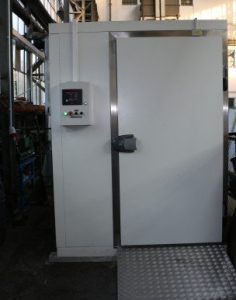
The stand is used to pillar fire hydrants and underground fire hydrants. Scope of tests: tightness, operation, Kv coefficient, resistance to working load, durability.
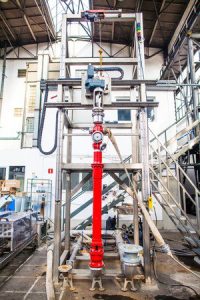
The stand is used to determine the C coefficient and RTI index for ampoule and fuse sprinklers for rated temperatures up to 120 oC.
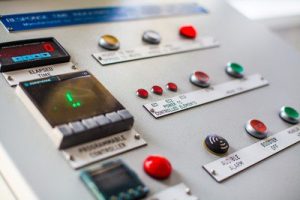

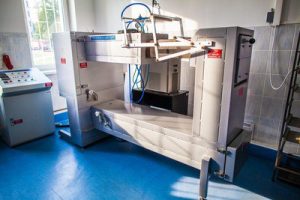
The stand is used to perform long-term exposure tests to moist air on sprinklers.
The stand is used to determine the activation temperature of fusible and ampoule sprinklers depending on the rated temperature. The acting medium is water or oil.
The stand is used to perform test in an oven heated to 770oC in order to assess temperature resistance.
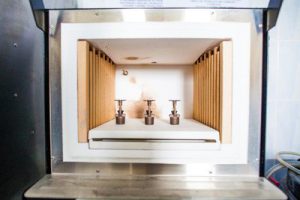
The stand is used to determine water dispersion for various sprinkler configurations.
The test consists of a one-time bending.
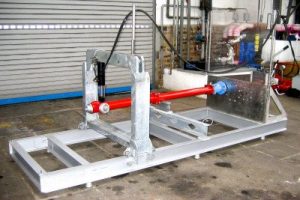
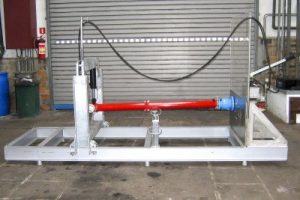
A stand for testing the extinguishing conductivity and electrical conductivity of the extinguishing jet, with a transformer enabling to obtain alternating voltage up to 42 kV.
